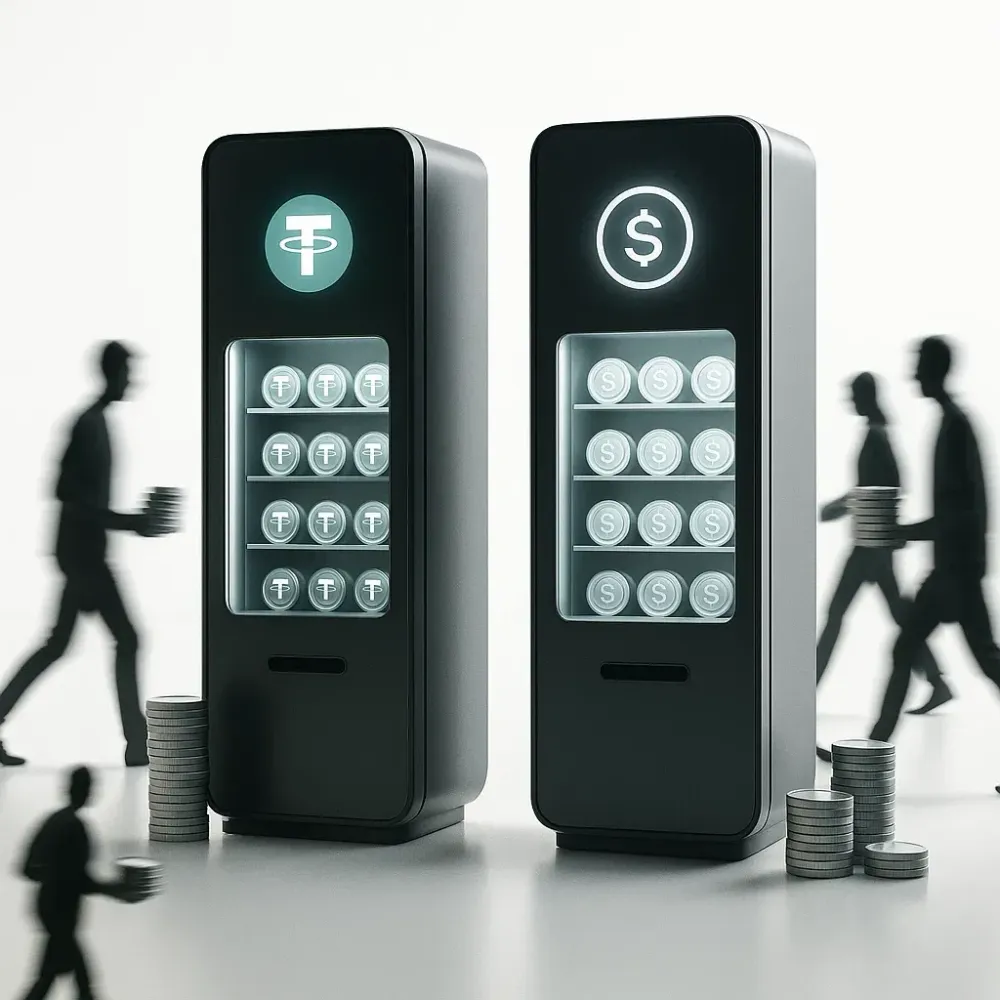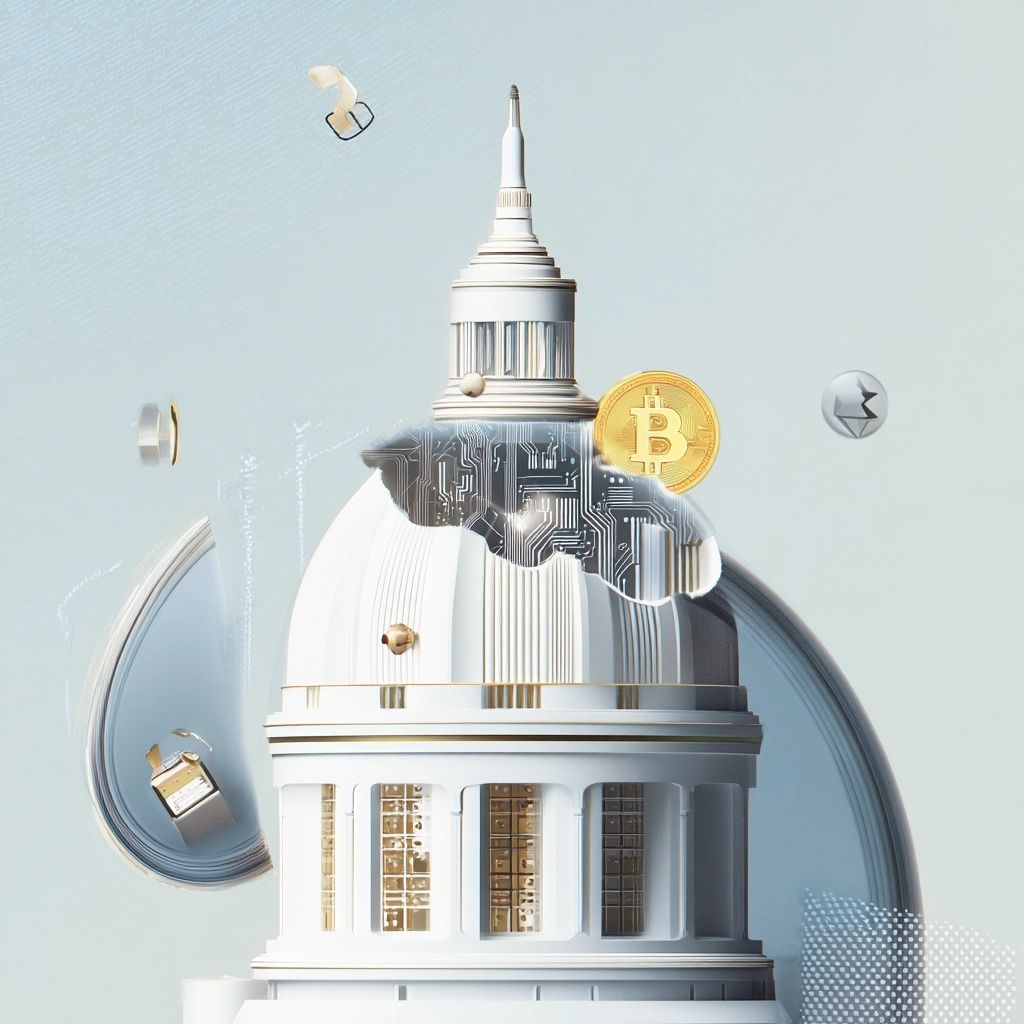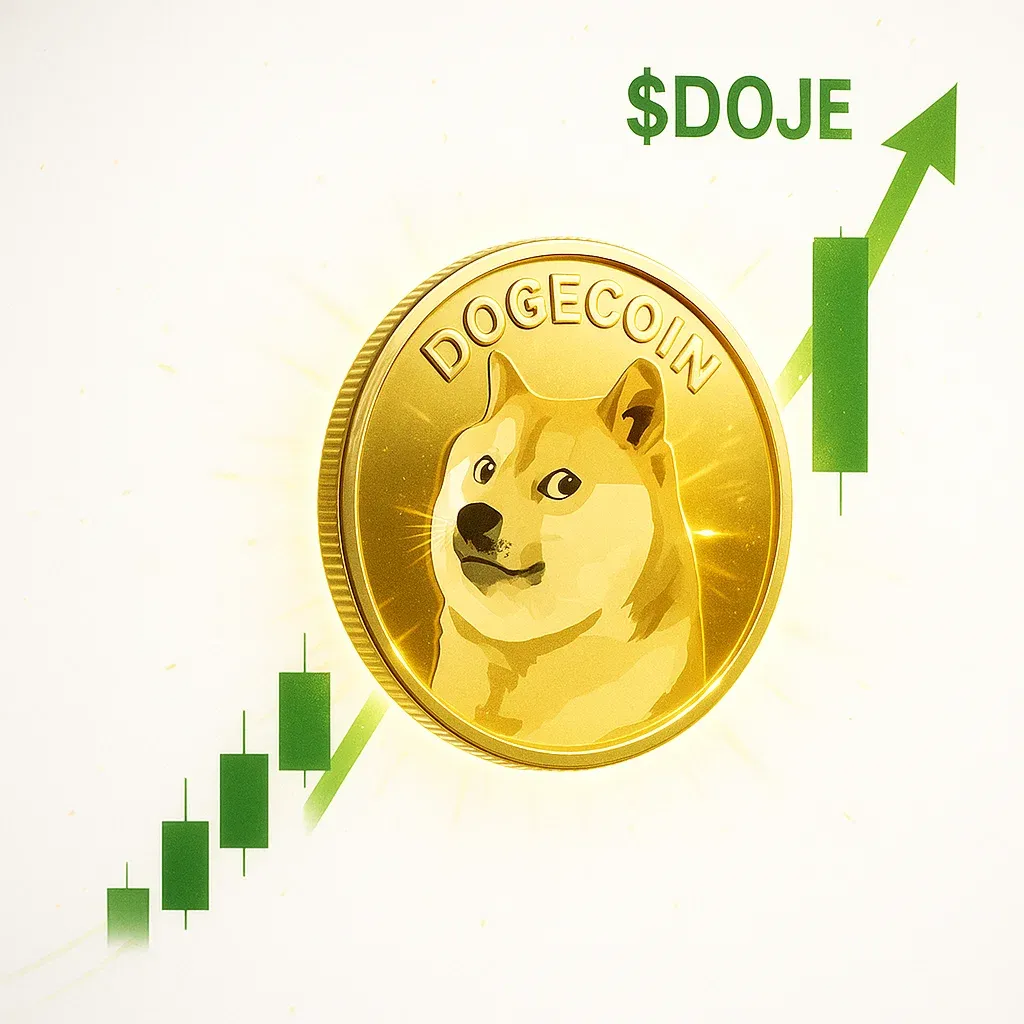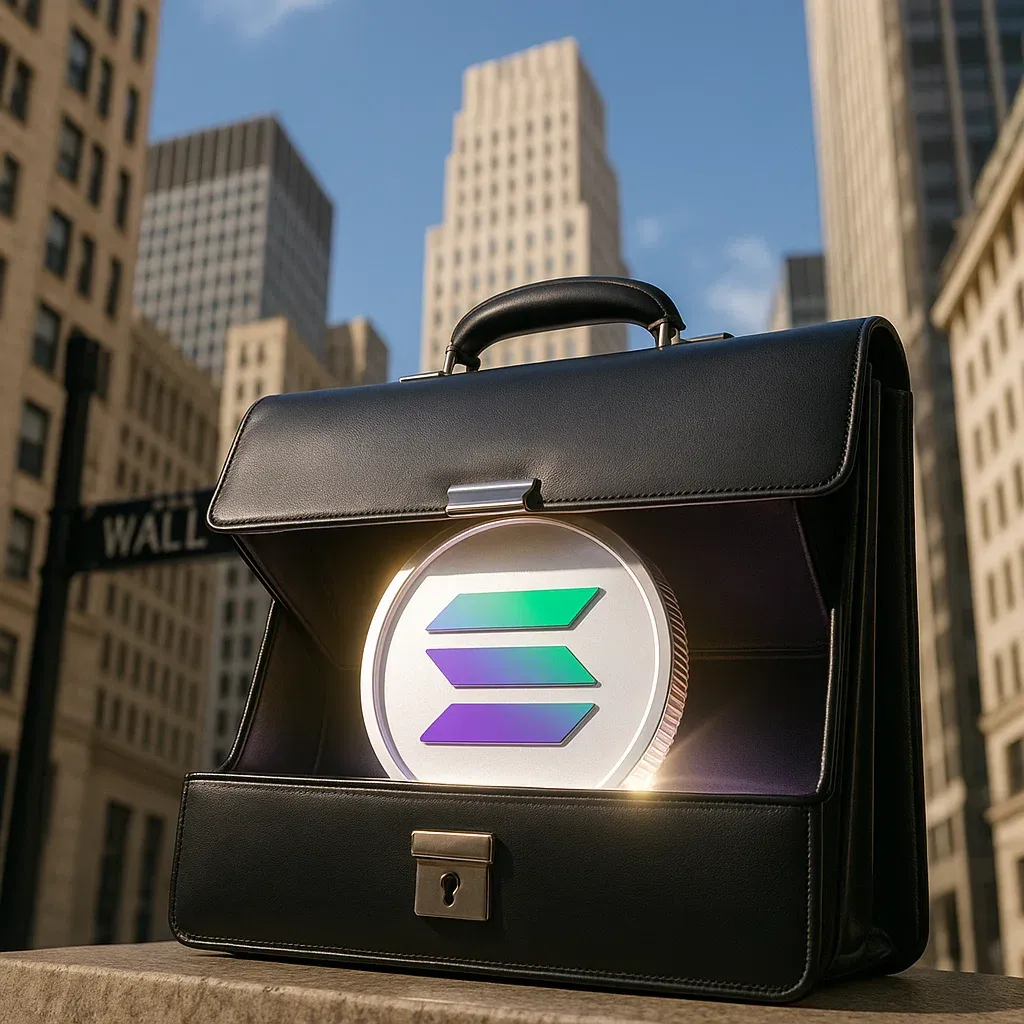Arthur Hayes: Why Stablecoins Are a Distribution War, Not a Tech Game
💵 Arthur Hayes on Stablecoins: The Battle Isn't Over the Tech — It’s the Distribution
Stablecoins won’t die — but who controls them will decide who wins. Arthur Hayes just dropped a sharp analysis on the real game: access, not innovation.
🏦 Banks Won’t Save Stablecoins
Hayes says don’t expect banks to go all-in on USDC or USDT.
Why?
🌐 Global banks like JPMorgan deal with local regulations 📑 No universal policy = no global stablecoin rollout 🏗️ Most banks will build in-house stablecoins — no external partners allowed
So if you’re a new issuer? You’re not getting through the front door.
💸 Tether's Dirty Secret: No Interest, Big Profits
Tether (USDT) is still king for one reason: it never pays users interest.
Meanwhile, it earns fat yields from U.S. Treasuries — pure net interest margin (NIM).
🧠 Key edge:
- Built around Bitfinex
- Global reach with zero user incentives
- Didn’t pay for listings. Everyone listed them anyway
It’s not DeFi. It’s distribution dominance.
🪙 Circle Tried to Compete — Had to Split Revenue
Circle (USDC) had no home-field advantage. It had to pay exchanges for listings — until Coinbase bailed them out.
🤝 Now, Coinbase takes half of Circle’s interest income 🪙 USDC = bank-grade tech, but weaker reach and lower margins
And the road for new issuers? Even worse.
🔒 Newcomers Are Locked Out
Hayes’ warning is blunt:
- 🏦 Banks won’t partner — they’ll build their own coins
- 📱 Social apps (like Telegram, PayPal) are taking over retail channels
- 💰 Newcomers will need to bribe users with interest or airdrops
- 📉 Most won’t make it — margin death spiral incoming
📈 Is There Any Upside?
Yes — if regulations shift:
💥 A regulatory unlock could drive the stablecoin market to 2T+ ⚖️ If issuers are allowed to operate like banks, margins improve 👀 For now: it’s still a high-risk, high-reward game
Hayes: “The music is playing — we dance. But when it stops, it’s over fast.”
🧭 TL;DR
🏦 Banks won’t scale existing stablecoins — they’ll build their own 🧱 Distribution, not tech, is the real moat (Tether proved it) 🤝 Circle had to split revenue with Coinbase to survive 🧨 New issuers face brutal economics, locked-out channels 📊 Stablecoins could still 10x — but regulation is the key
The best stablecoin won't win. The best distribution will.

Recent News
All Time High • Live
Have questions or want to collaborate? Reach us at: info@ath.live











